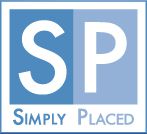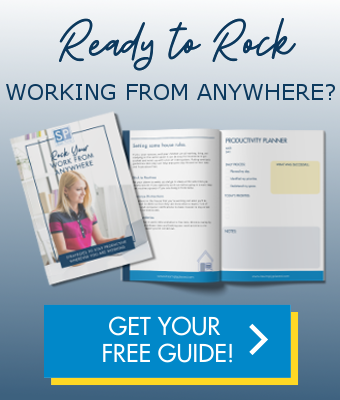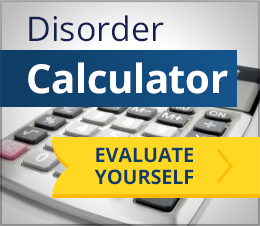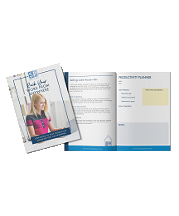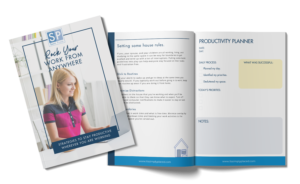
How can you increase your productivity with agility? Agile and agility have taken on buzzword status. You hear these words used to describe fitness goals (increase agility), software development (agile programming), marketing and now learning. The common theme in the use of agile across these fields is the idea that there is value to being prepared and responsive to an ever-changing environment. Improve your physical agility to reduce the risk of injury while in motion by being quick to change course when conditions change. Take an agile approach to software development to adapt, evolve, continually improve and make faster deliveries. When it comes to learning, agility speaks to the ability to quickly acquire, assimilate and apply new knowledge. In other words, to increase your productivity through learning. Agile learners are people who can quickly respond to changing needs by seeking out, processing and applying new information.
As with many things, some people are naturally more agile when it comes to learning than others. However, there is a skill set involved with agile learning that you can learn, practice and use with great success.
If you’re faced with changing conditions at work or at home and need to be able to learn and apply new knowledge quickly in order to increase your productivity, consider adopting one or more of the agile learning strategies listed below.
These agile learning strategies are the work of marketing expert, speaker and author Jill Konrath and are part of her book Agile Selling.
- Dump – Rid your brain of swirling and churning thoughts. An brain that is overwhelmed with thoughts and emotions doesn’t focus and learn well. Do a brain dump and capture your thoughts and feelings digitally or on paper. Free up space in your brain and get ready to learn.
- Chunk – Break down what you’re trying to learn in to smaller parts. This helps you get a sense of what you’ll need to do and what resources you’ll need in order to learn something new. It will also give you a better sense for how much time it will take.
- Sequence – While learning something new sometimes you’ll need to learn one thing before another in order to be able to move on. For example, when learning how to drive you must first learn how to turn on the vehicle before you can learn how to back out of the driveway. Take a look at the chunks you’ve identified and start to put them in an order or sequence that makes sense.
- Prioritize – Not everything is important at the start. Figure out what you must know, do or have now in order to get started. Prioritize this. As you acquire new understanding and skills continue to evaluate what to prioritize next.
- Connect – You’ve learned many things already in school and through life experience. Whenever possible make connections of the new things you’re learning to things you already know. This aids memory, understanding and confidence in applying new skills.
- Reflect – Reflection seals in new learning. Spend some time, 10-15 minutes, after studying or practicing something new to think about it. It may help to write down your reflections or to “teach” someone what you’ve just learned.
- Practice – Practice new skills and apply new knowledge deliberately. Create opportunities to practice. The more you do it and the more experience you have, the better you will become.
Apply these strategies for agile learning to work smarter, not harder when you need to learn something new. A strategic and organized approach to learning is highly effective, less stressful and will save you time getting where you want to go. Need support with getting organized to learn and improve? Contact us.
